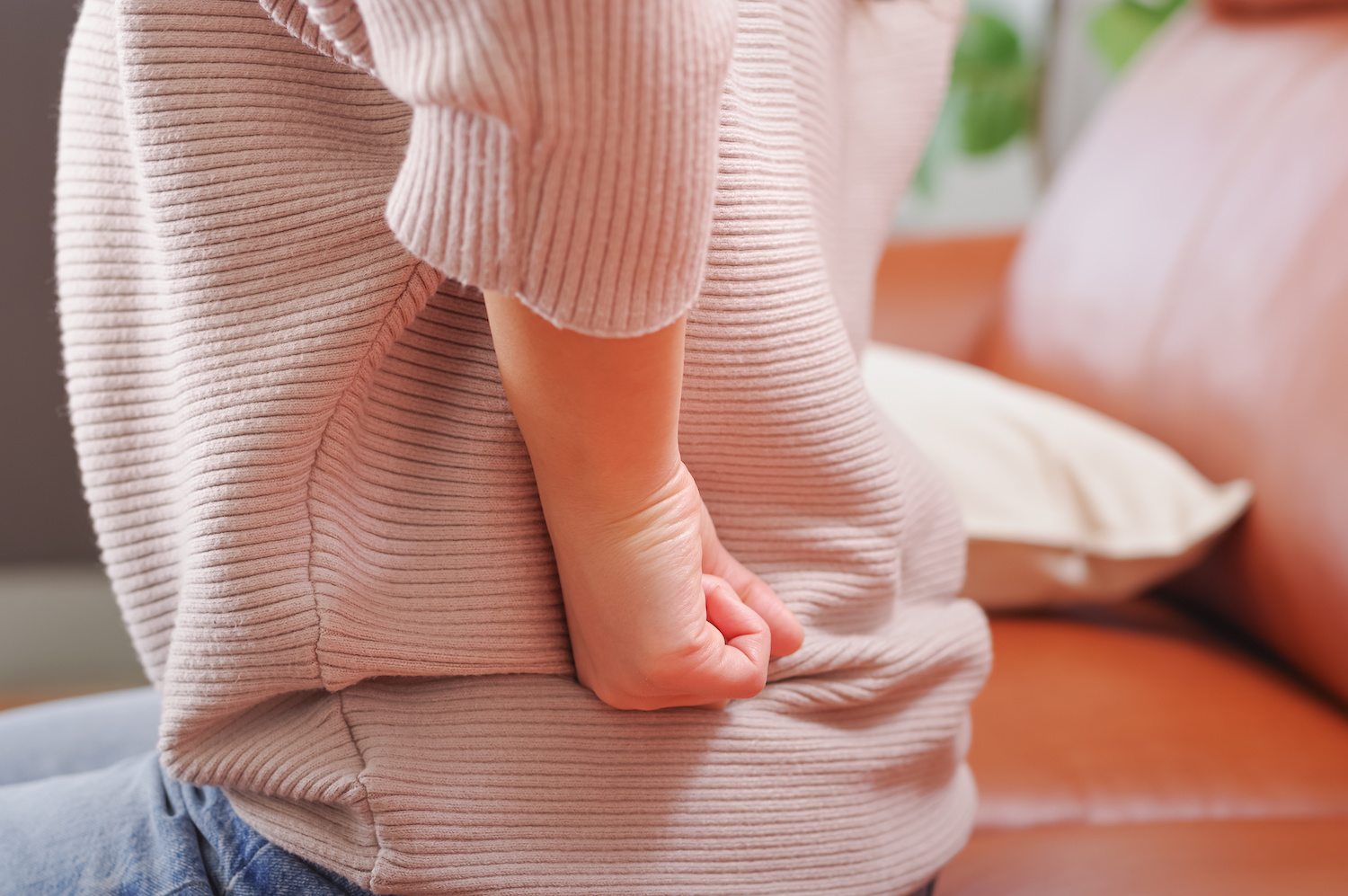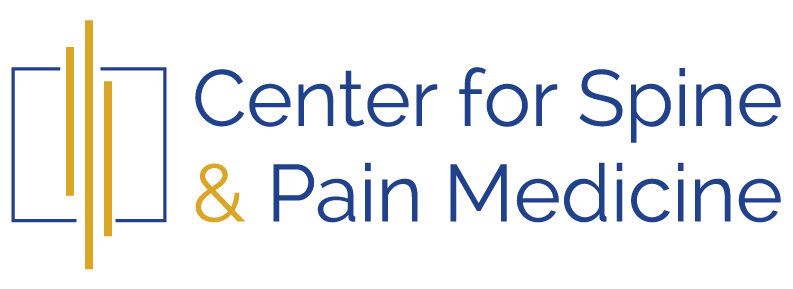
Understanding Herniated Disks (Slipped, Ruptured, or Bulging Disks)
Overview The spine is composed of a series of bones called vertebrae, cushioned by intervertebral disks. These disks act as shock absorbers, allowing for flexibility and movement while protecting the vertebrae from friction. A herniated disk occurs when the inner gel-like core (nucleus pulposus) leaks out through a tear in the outer ring (annulus fibrosus), potentially compressing nearby nerves and causing pain.

Symptoms and Causes
The symptoms of a herniated disk can vary depending on the location and severity of the herniation. Common symptoms include severe pain in the back, neck, or limbs, often radiating down the arms or legs. This pain is frequently accompanied by numbness or tingling sensations in the affected areas, as well as muscle weakness that can lead to mobility issues. Additionally, patients may experience a loss of reflexes at the knee or ankle, affecting balance and coordination.
The causes of herniated disks are diverse. Age-related degeneration is a significant factor, as the wear and tear over time can weaken the spinal disks, making them more susceptible to herniation. Sudden trauma or injury, such as lifting heavy objects improperly, can also cause a disk to rupture. Repetitive strain from activities involving frequent bending or twisting can lead to disk damage over time. Additionally, genetics can play a role, with a family history of herniated disks increasing the likelihood of developing the condition.
Diagnosis and Tests
Diagnosing a herniated disk typically involves a combination of medical history, physical examination, and imaging tests. A doctor will review your symptoms and medical history, and then conduct a physical examination to assess pain, muscle strength, reflexes, and sensory function. Imaging tests are crucial for confirming the diagnosis and determining the extent of the herniation. X-rays can help rule out other causes of back pain, such as fractures or tumors. MRI (Magnetic Resonance Imaging) provides detailed images of the spinal disks and nerves, while a CT scan (Computed Tomography) offers cross-sectional images of the spine, useful in certain cases.
Management and Treatment
Management and treatment of a herniated disk often begin with conservative approaches. Rest and activity modification are essential, as limiting activities that worsen pain while maintaining gentle movements can aid recovery. Medications, including over-the-counter pain relievers, anti-inflammatory drugs, or muscle relaxants, can alleviate symptoms. Engaging in exercises to strengthen the back and abdominal muscles, improve flexibility, and reduce pressure on the affected disk can be beneficial. In some cases, epidural steroid injections may be administered to reduce inflammation and provide pain relief.
When should I see a doctor?
You should see a doctor if you experience severe pain, numbness, or weakness that interferes with daily activities. If symptoms persist despite conservative treatments, medical attention is necessary. Additionally, immediate medical attention is required if you have difficulty controlling bladder or bowel function, as this could indicate a more serious condition.
What is the best treatment for a slipped disk?
The best treatment for a herniated disk varies depending on the severity of the herniation and individual patient factors. Most cases improve with conservative treatments, such as rest, physical therapy, and medications. However, persistent or severe cases may require more advanced interventions, including surgical options.
Will I need to have spinal surgery?
Surgery is typically considered only after conservative treatments have failed to provide relief, or if there is significant nerve compression causing severe symptoms. Surgical options include discectomy, which involves the removal of the herniated portion of the disk to relieve pressure on the nerve. Another option is a laminectomy, where part of the vertebra is removed to access and remove the herniated disk material. In some cases, spinal fusion is performed to join two or more vertebrae to stabilize the spine, usually in conjunction with other procedures.
Prevention
Preventing herniated disks involves maintaining a healthy spine through proper posture, regular exercise, and safe lifting techniques. Regular exercise helps strengthen core muscles, providing better support for the spine and maintaining flexibility. Maintaining proper posture, whether sitting or standing, reduces strain on the spine. When lifting heavy objects, it is crucial to use your legs rather than your back and to avoid twisting motions. Additionally, maintaining a healthy weight can reduce pressure on the spinal disks, decreasing the risk of herniation.
Outlook / Prognosis
Most individuals with herniated disks experience significant improvement with conservative treatments within a few weeks to months. Surgery is usually successful for those who need it, with many patients experiencing relief from pain and improved function. However, it is essential to follow preventive measures to minimize the risk of recurrence.
If you suspect you have a herniated disk or are experiencing symptoms, consult with us at the Center for Spine and Pain Medicine for a thorough evaluation and personalized treatment plan. For more information and expert care, get in touch with us today.

